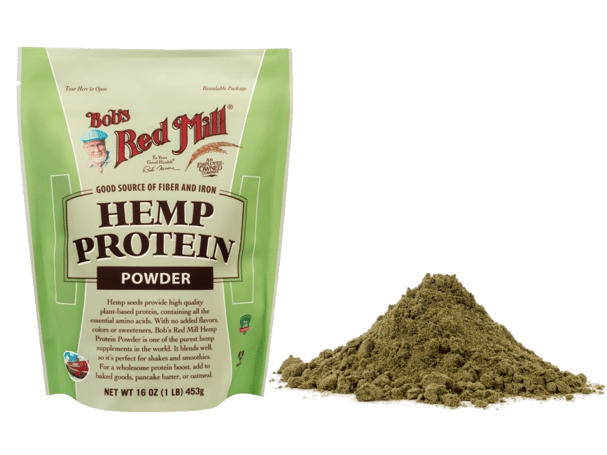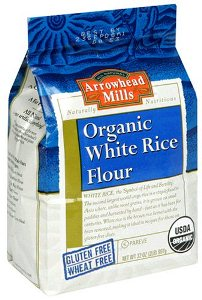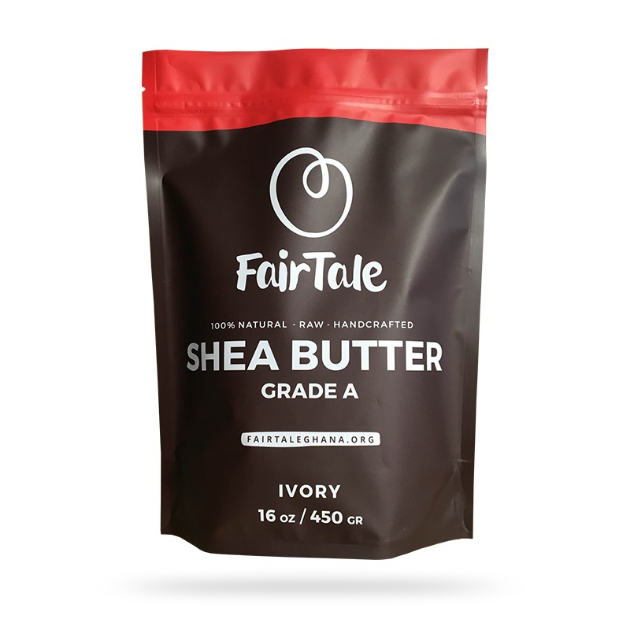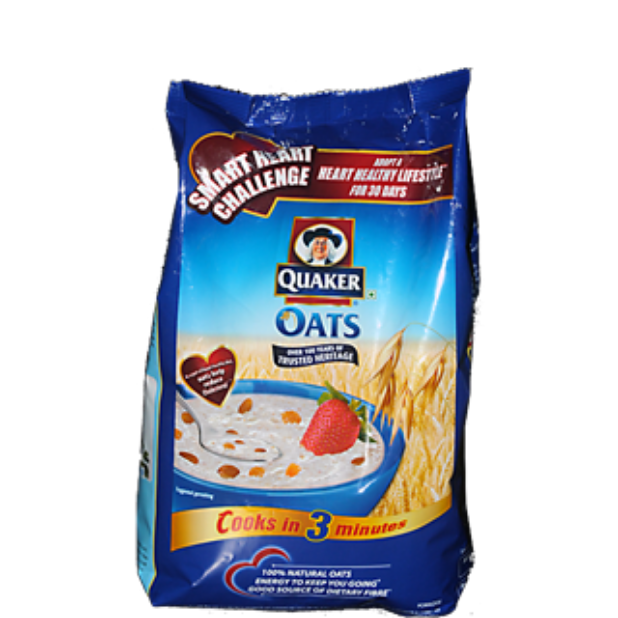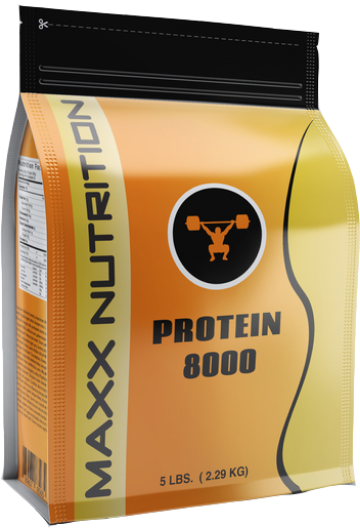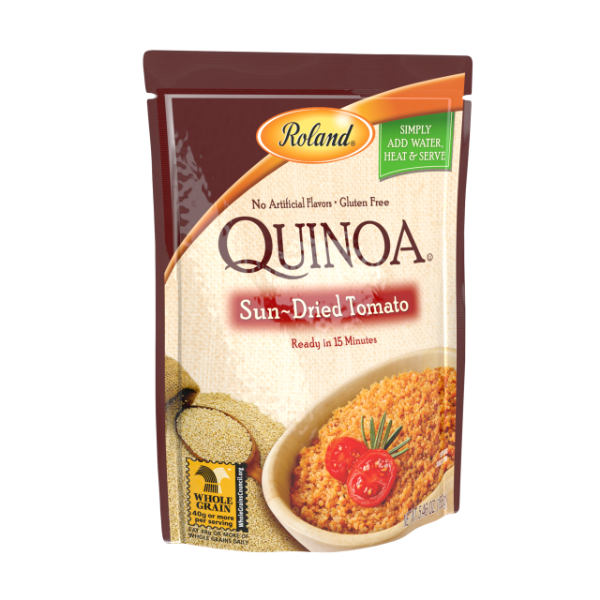As consumers push for more sustainable options in the marketplace, some have proclaimed the “end of packaging” is near.
However, not all objects are as conveniently self-packaged as bananas and coconuts. While in the future we will certainly need more sustainable packaging with innovative new design solutions, packaging is far from obsolete. To better understand why packaging is necessary, we must first consider what major purposes it serves:
Protection
First and foremost, the purpose of packaging is to protect a product from exterior conditions and sometimes also to protect the environment from the product. Solvents and chemicals, for example, are dangerous when left unprotected and need to be housed in special circumstances both to maintain their efficacy and to control our exposure to them. The same is true for pharmaceuticals, which also require special protective packaging to control their use and keep them (and consumers) safe.
Most food products would be worthless to us if they were not packaged. One only has to imagine a world where milk is not encased in some sort of protective covering to understand why the basic protection offered by packaging is essential for the distribution, sale and use of many — if not most — products. Some kind of protective barrier is necessary for keeping goods, particularly food stuffs, from spoiling or being contaminated before they reach the consumer.
Beyond basic protection, the right packaging can actually improve a product’s value by keeping it fresh longer and extending its shelf life. Pouches are a great example of a form of protective packaging that offers value to both consumers and brands by optimizing cost, convenience and potential freshness while still being highly sustainable.
Aside from protecting the product itself, the purpose of packaging is often to keep an ingestible item safeguarded from contact with hazardous contaminants (such as bacteria, pests, mold or waste). Delicate or non-solid items need to have proper protective packaging to serve as a shield or barrier from elements that can damage the product and make consumers sick.
Visibility
Packaging a product offers the ability to manage that product’s visual impact. Protein powder, for example, is not a visually appealing product in and of itself, but when housed within a visually striking package, it takes on a whole new character. In addition to changing the appeal of a product, packaging allows for the ability to create a unique brand that can completely change a product’s success rate in the marketplace. Packaging that offers the maximum image coverage, such as stand up pouches, is the most effective when it comes to improving product visibility.
Keeping it Together
Bananas and grapes are naturally bundled together by nature of their organic design, but not all products keep themselves intact the way some fruits do. Any liquid, powder or product that is made of many small parts needs to be packaged to be considered a singular object. On top of which, most products need to be sold according to specific portions and weights if they’re going to be sold at all. Try buying and selling flour without any graduated package sizes.
“One lb of flour? Sorry, we only offer one metric ton of it, and it is currently in a large mound on the floor…” doesn’t really sound appealing to anyone. A world without packaging would be incredibly messy and disorganized, to say the least.
Loss Prevention
In addition to protecting a product’s integrity and holding it together, packaging also protects against product loss and ensures that the both buyer and seller are trading for a specified amount. In our “mound of flour” case, for example, the customer would need to be able to weigh the entire ton of flour to know that they actually received what they paid for. Similarly, the seller doesn’t have much control over how much of a product each customer takes from the pile unless there are containers to hold specific weights and sizes or the product is constantly being weighed.
Either circumstance opens up the possibility of loss for both parties, but packaging eliminates that issue. In more complex terms, unpackaged products open both buyer and seller to the possibility of theft—without packaging, the product is vulnerable and prone to being taken without ever properly being accounted for.
Similarly, proper protective packaging helps reduce food waste by curbing premature spoilage, adds more value to the consumer by fitting more product into the container and keeps products safeguarded from slipping through the cracks or spilling out.
While this is by no means an exhaustive list of the many reasons packaging is necessary in the world, it does open up some interesting points for those looking beyond sustainable packaging to eliminating packaging from the world entirely. While most packaging could certainly be reconsidered to be more eco-friendly and well designed, life without it is almost unfathomable.
Further Reading:
- Can Flexible Retail Packaging Help Feed the World?
- General Mills: Sustainable Food Packaging for Purpose-Based Marketing
- How the NASC Works to Protect Pets with Supplement Packaging Standards
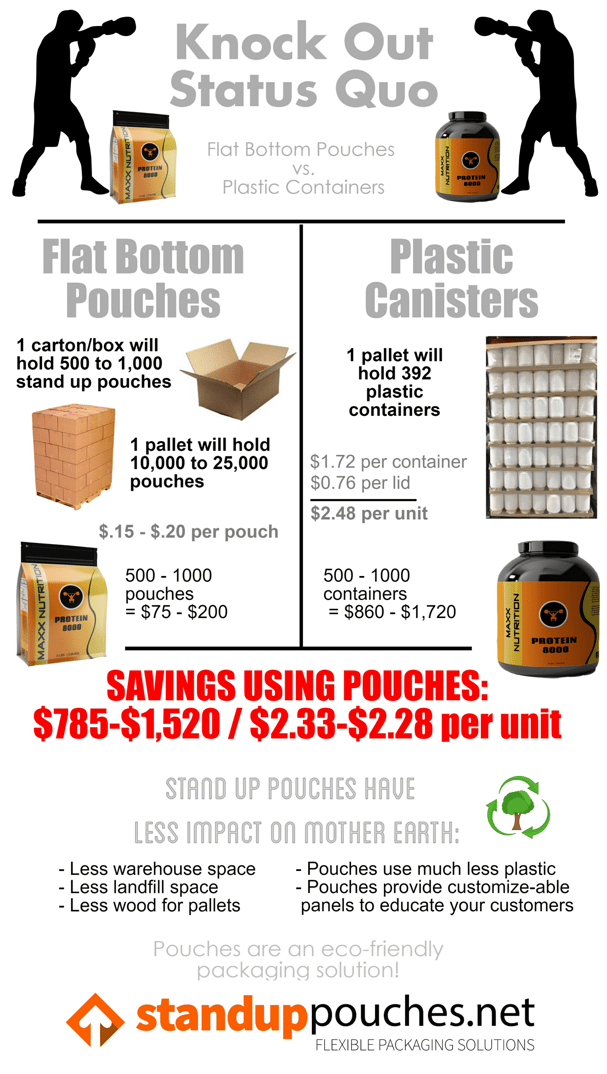
(Top Image Source: Bob's Red Mill)

